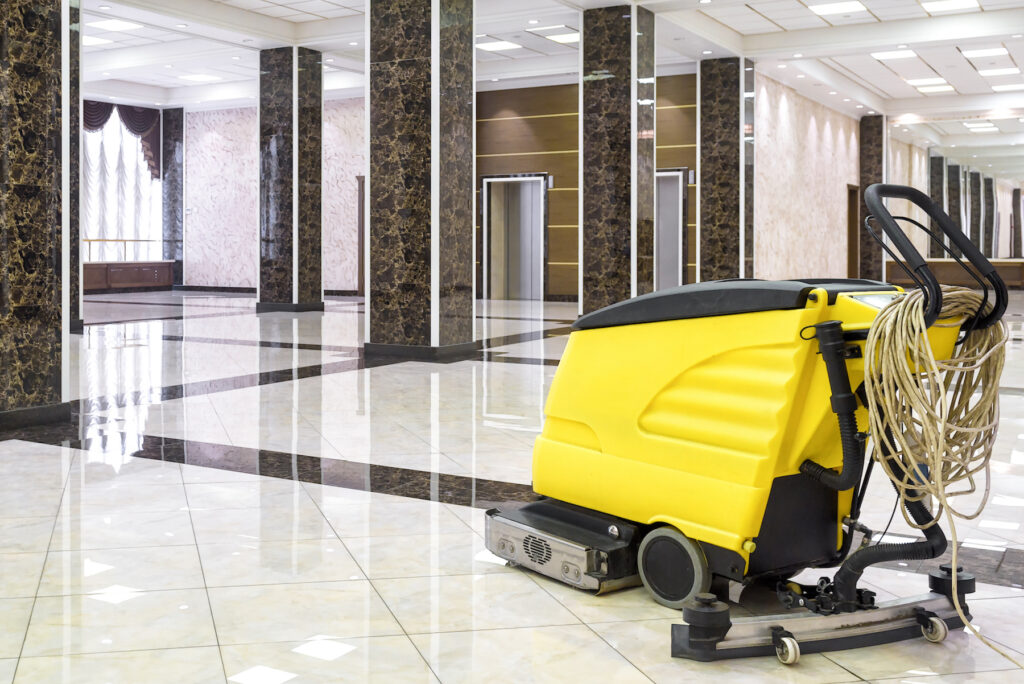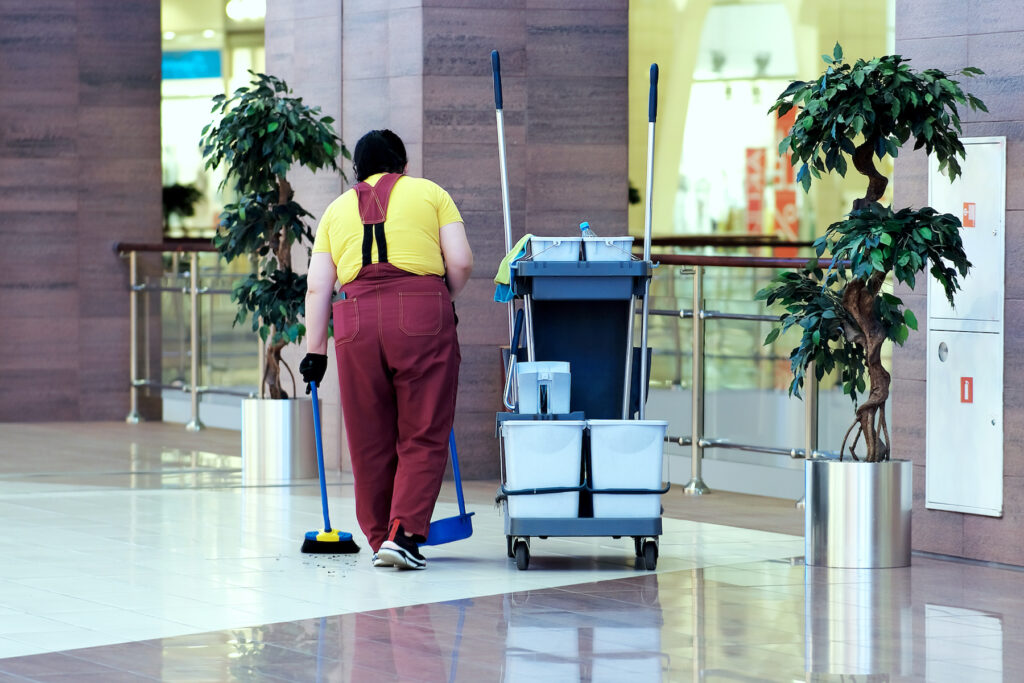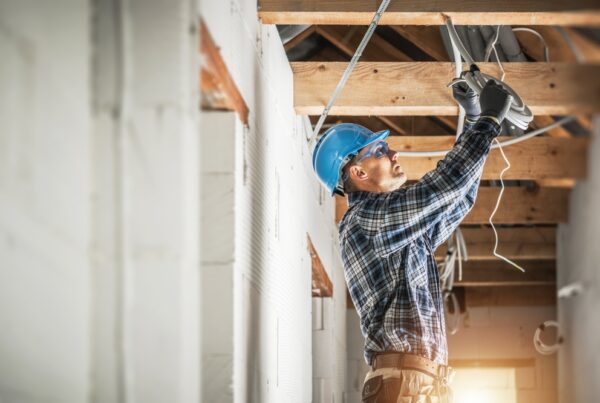Not a lot of people are familiar with the concept of strata cleaning, or why it is a highly beneficial service to use in commercial buildings and residential complexes.

As property cleaning is often an outsourced activity, some in-house custodians and property managers are unaware of more effective cleaning alternatives that are available and more effective than the ones they already utilise. When considering a commercial cleaning solution however, it is important to know the best practices to ensure that professional cleaners do not take shortcuts.
Unlike regular house cleaning services, strata cleaning requires a much more structured system in place with (typically) larger cleaning equipment, and a bigger team of professionally trained cleaners. The kind of cleaning tasks to be fulfilled differ significantly from home cleaning. By definition, strata cleaning includes minor maintenance and the cleaning of all common areas within a commercial property or sub-divided spaces in a residential complex.
The bottom line: It’s important for property managers and caretakers to know the ins and outs of their facilities’ cleaning and maintenance objectives so that they can optimise the outcome, cost-effectively.
Here are three tips that property managers and working professionals should consider when they are reviewing the strength of their facility’s cleanliness.
Set regular cleaning objectives
Part of the battle for maintaining a clean environment is establishing an effective cleaning timetable that suits all occupants and determining what disinfectants will be required for the best results. Setting cleaning objectives will keep the cleaning team in check so that tasks don’t fall through the cracks, and having a checklist makes it easier to analyse the metrics of success.
Keeping a spreadsheet minimises the chance of an area being unnecessarily cleaned twice, or not at all. Obviously, while it’s preferable to be overcautious when it comes to sanitation, it’s crucial to remember that resources are limited and should not be haphazardly applied or wastefully deployed.
Once the building’s cleaning regimen has been created or updated, it’s important to track which products are used and how they are applied to certain parts of the building. Low-tech solutions like disinfectant wipes might be effective, but there may be alternatives depending on several factors, including volume of traffic through a particular area, or drying times. Making these comparisons becomes easier when you have a recorded history to ensure you establish the right cleaning procedures.

Know what to use, where
Some surfaces, such as reception desks and door handles, are contained enough that a common household wipe should suffice. Larger surface areas, such as lobbies, games rooms, gyms or a café facility will require a more robust process utilising stronger disinfectants.
Electrostatic spraying systems (ESS) have emerged as one viable and effective disinfectant for managers to consider. ESS have been shown to kill nearly 100 per cent of germs on contact when applied to the designated area. Additionally, some research indicates that ESS remains effective for roughly 28 days following its deployment.
Over the course of the pandemic, many cleaning professionals began to deploy electrostatic sprayers as building managers sought cost-effective and strategically efficient cleaning solutions.
ESS existed prior to the onset of Covid-19 but gained popularity in 2020 as a popular solution among hospitals, hotels, offices, schools, restaurants and more. On top of this, electrostatic spraying has been shown to be up to ten times more effective than traditional cleaning methods.
With disinfection, there is no one service for all. Different techniques work at the event intervals for different surfaces and types of space, starting from re-entry to continuous daily needs to long-term comprehensive disinfection.
Top-rated cleaning companies will first understand the type of space, and then develop a program to suit the specific needs. This generally includes providing a comprehensive disinfection initially before settling into a regular program.

Insurance, safety protocols, equipment, and procedures
Strata cleaning is not an easy task as the requirements have usually been established in an outdated agreement for the manager or caretaker, and there is the sheer size of the building to consider.
A professional company would generally follow a pre-devised procedure in routine patterns to leave no corner unattended, but they should also be aware of, and adhere to, the established sanitisation standards and protocols from official bodies like the Australian Centre for Disease Control (ACDC), Work Health & Safety (WHS) and other experts such as infectious disease specialists and industrial hygienists. This helps to ensure that the property and management remain uncompromised in terms of the safety of residents.
Lead by example
Maintaining a property to a better-than-expected standard is a thankless job and one can’t expect everyone to adhere to the need for a clean and hygienic environment. Typically, when it comes to sanitation and the disinfection of dirty areas, it’s beneficial to encourage occupants to do their part – fortunately the onset of Covid-19 brought about a new appreciation and awareness of the need for regular cleaning. That said, people will still be people, and people are notorious for being messy. In the end, there’s a good chance that residents will look to the appointed management and staff as experts and model their behaviours and habits accordingly.
Bear in mind that most strata cleaning companies offer customised services to meet the specific cleaning needs of their clients. Look for a provider that asks and answers many questions in advance and then offers quality and useful solutions that satisfy your needs, not a company trying to provide you with bundled programs.




